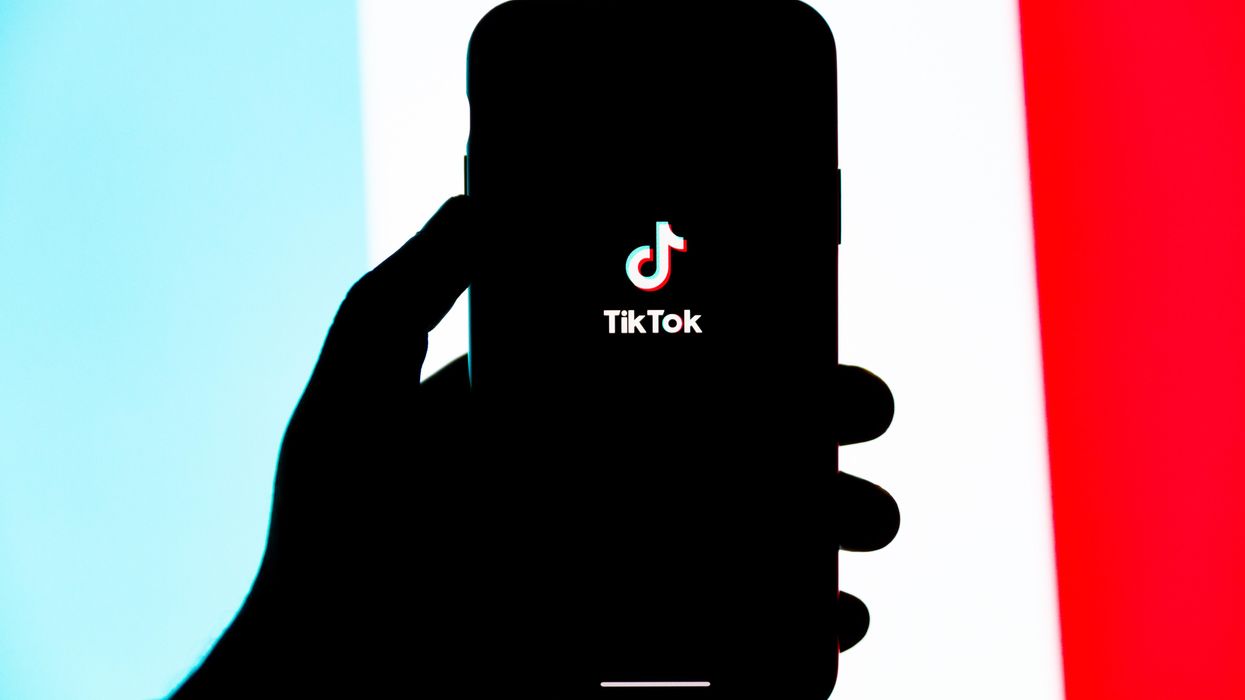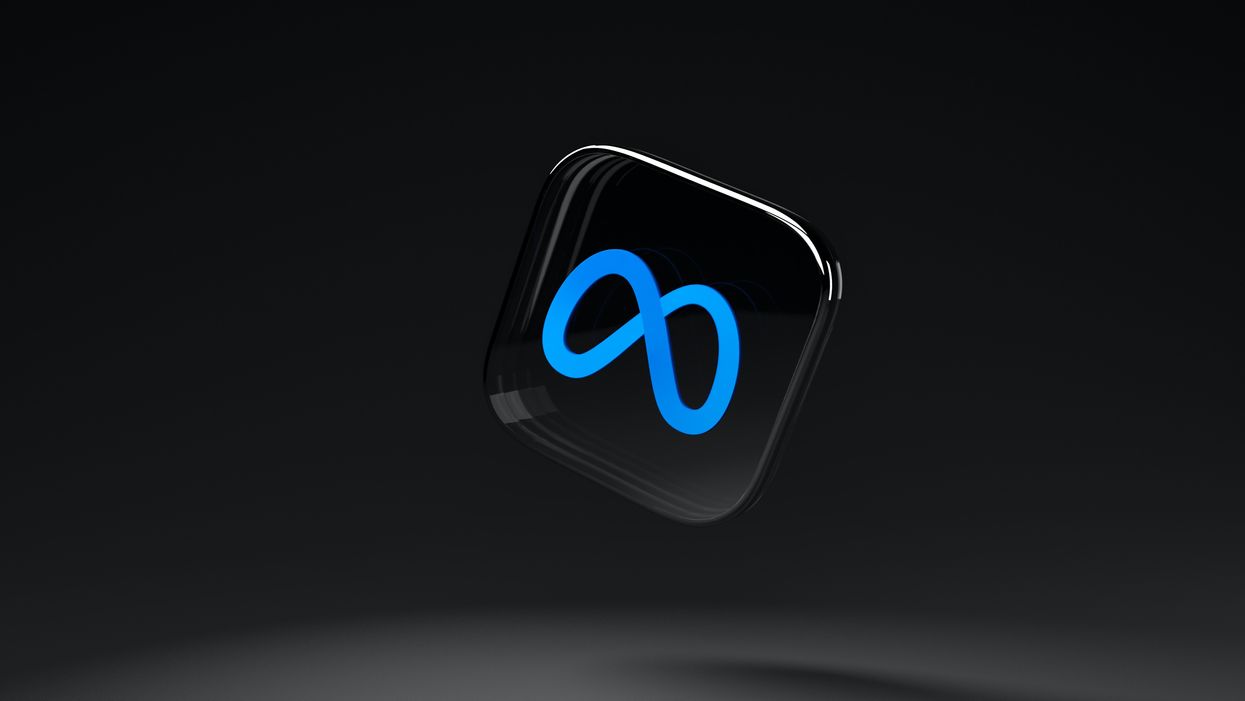#TikTokMadeMeBuyIt.
As the social media platform centered on short-form video content gains traction, that popular hashtag sums up why TikTok is increasingly rising to the top of the list of new marketing channels for brands and ecommerce practitioners.
It's the shorthand used when products in TikToks lead users to take action and make a purchase. It shows TikTok has buying power: The hashtag amassed 7.4 billion views by December 2021, with beauty, food and apparel being especially popular categories.
This intersection of shopping and social media is taking place on a platform that is growing quickly. TikTok reached one billion monthly users in September 2021, propelled by its popularity with youth. A 2021 survey from Forrester found that TikTok enjoyed a 13% year-over-year increase in usage among Gen Z youth.
“TikTok is essentially what Gen Z is currently using,” Vidyut Ghuwalewala, chief operating officer of Social Currant, a youth-led emerging media agency based in Washington, DC, said in an interview with The Current. “Everyone is on it.”
The platform’s short-form video format inspires a multitude of creative approaches, from dance crazes and viral moments to explainer videos ranging from cooking to law. At the same time, TikTok’s algorithm powers a built-in recommendation engine that identifies what users like, and serves them content that aligns with their interests. In turn, that is leading users to build communities around those interests.
“Communities are the lifeblood of TikTok,” Matt Cleary, TikTok Head of Retail & Ecommerce and Global Business Solutions, said at ShopTalk last week. We’re based on an interest graph, not a social graph, so naturally people are finding and creating community around everything from food, fashion and music to product categories and brands themselves."
Built to identify interests, TikTok is designed to show users something new within those affinity areas. That can lead to opportunities to discover products. In its recently released WhatsNext report, TikTok relayed that two-thirds of users said content on the app inspired them to shop, even though they weren’t looking to do so.
With this, consumer brands are increasingly visible on the platform, especially as leaders are seeking new ways to advertise against a backdrop of factors making tried-and-true performance marketing tactics more challenging, including privacy changes in iOS 14, increased Customer Acquisition Costs and the looming demise of third-party cookies.
Yet it’s important to keep in mind that the attributes that propelled the platform’s growth also mean that it will require a distinctive approach to find success.
To gain more insight on how brands can tailor their approach, The Current spoke with the leaders of Social Currant and creator Cherish Chavez. Here’s a look at what we learned:
Join the community
Joining the platform is the first step. But before a brand leader does so, it’s important to think about the goal: Is it to highlight a brand and raise awareness, is it to build a relationship with customers or is it to earn sales? These choices are important, said Ashwath Narayanan, Chief Executive Officer of Social Currant.
It’s just as important to keep in mind a few key attributes that make TikTok unique. For one, it is built around the individuals who make content, not organizations, products or brand names. With those individuals, it primarily aims to uplift creativity and joy.
“Brands need to be creator-focused if they want to be successful on TikTok,” Narayanan said.
That means it is especially important to create content that is designed for TikTok, and has a place on the platform beyond selling a product. Even TikTok itself has a motto: "Don’t make ads. Make TikToks.” Over the last few years, brands that found success took approaches that were made for TikTok. Language learning app Duolingo went viral by combining its big green owl mascot and “unhinged” content, while E.l.f. Cosmetics married an original song with a hashtag challenge.
When thinking about the approach to users, it comes down to, “How can you give them value and how can you entertain or teach them?” Narayanan said.
“The beauty is that anyone, anywhere can go viral for essentially any reason so, to anyone looking to enter this space, don’t get discouraged if you don’t immediately blow up and gain a billion followers,” Creator Cherish Chavez said in an interview. “Be you and have fun with it. That’s what people like to see.”
That doesn’t mean the production value needs to be high, so don’t think hiring a video crew is necessary. In fact, many of the most successful videos are filmed on iPhone in the user’s home. But it does require making the most of the medium.
“TikTok is not necessarily high-quality in terms of the video quality and aesthetics, but it is high quality in terms of the content,” said Narayanan. “Often you have 15 seconds to give your audience something and every single second counts. How are you putting that messaging out or how are you telling that entire story in such a short time is extremely key.”
It might require experimentation to get to the right approach. Continuous learning provides the best chance to find what works.
Above all, it’s important to keep in mind that when entering TikTok, you are entering a community, and it values above all the authenticity of the people who create and share their work.
In its recently-released WhatsNext report, TikTok cites data showing that more than three-quarters of users feel that the best brands on TikTok are those that work with their audiences, and another 70% say that they feel like they’re a part of a community. The report cites word-of-mouth moments sparked by reviews and entertaining product videos as a couple of the sources that drove product growth.
In some cases, brands see communities spur around them. TikTok's Cleary pointed out communities like #ikeahack and #targethaul, in which creators are offering tips, showing off and celebrating the joy of shopping and the journey at these retailers. Creators want brands to join in: 61% of users say they like it more when a brand is actively participating. The point is not to center products, but rather to show up and participate.
“Even if you're not on TikTok, your brand is already on TikTok,” Cleary said.
Working with creators

Cherish Chavez (Courtesy photo)
For brands seeking to build a presence for products, the desire to make content that is organic to the platform is leading them to work directly with the people who know TikTok best: the creators.
"When you pair a cool product with an experienced creator, you have a high chance of going viral," Chavez said.
Plenty of tools are available to allow brands and creators to connect. Chavez has worked with a long list of brands, including HP, M&Ms, Scotch-Brite and Burt's Bees, to name a few. Brands reach out directly or through a marketing agency. Chavez has also found success connecting with company’s through the TikTok Creator Marketplace, which offers tools designed to make it easier to partner. Along with a video that showcases the product or service, she includes a link directly to the product or an Amazon affiliate link in her bio. Sometimes, brands promote the videos as ads.
Brand leaders are tracking success. Social Currant pays close attention to a metric called Return on Influencer Spend, a form of ROAS for the creator economy.
Relationships are just as important in driving growth. Brand leaders should think of creators they work with as partners and ambassadors, not just paid sponsors, said Narayanan. He encouraged leaders to “put some thought and put some time into building a relationship with creators so they can create content together.” Chavez added that a long creative brief isn’t necessary.
Creators are working to inspire discovery. It’s another way that authenticity plays a role.
“Aside from the obvious potential monetary gain, it’s very satisfying to receive comments like, “Whoa, never seen this product before. I’m buying it right now!” Chavez said. “I love finding innovative or helpful items to share with the world.”
Ads and shopping tools

#BeautyTok. (Image via TikTok)
TikTok sees the ecommerce potential in the platform right alongside brands, and it is providing tools for advertising and shopping for those interested in pursuing these approaches.
Dynamic Showcase Ads offer the ability to showcase products and personalize content, while Collection Ads enable brands to add product cards to in-feed ads. Spark Ads are more creator-driven, allowing brands to boost posts that are relevant to their products. TikTok also recently launched beta testing for ads in search results.
In-app shopping tools could soon be added to the toolkit. Recently, TikTok began piloting tools designed to enable brands to set up an ecommerce storefront within the app. TikTok Shopping, which was announced in September 2021, offered tools for showcasing products, purchasing, as well as managing shipping and fulfillment within the TikTok app. It also aimed to power purchases at third-party merchants through a partnership with Shopify and more key players such as Square Ecwid and PrestaShop.
Additional features that rolled out for brands included the ability to provide a link to a product featured in a video, livestream shopping events and collection ads that provide users a way to easily access an instant gallery page.TikTok’s Shopping API helps merchants to integrate product catalogs directly into TikTok.
Still, TikTok is in the first year of rolling out these shopping features. As a result, there’s still lots of learning taking place on the best approaches.
Yet those exploring TikTok agree that what finds success is likely to be centered on creators.
“TikTok is an investment in people,” Narayanan said.
Related Articles Around the Web














